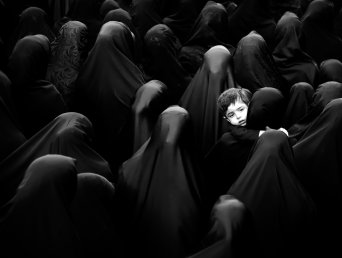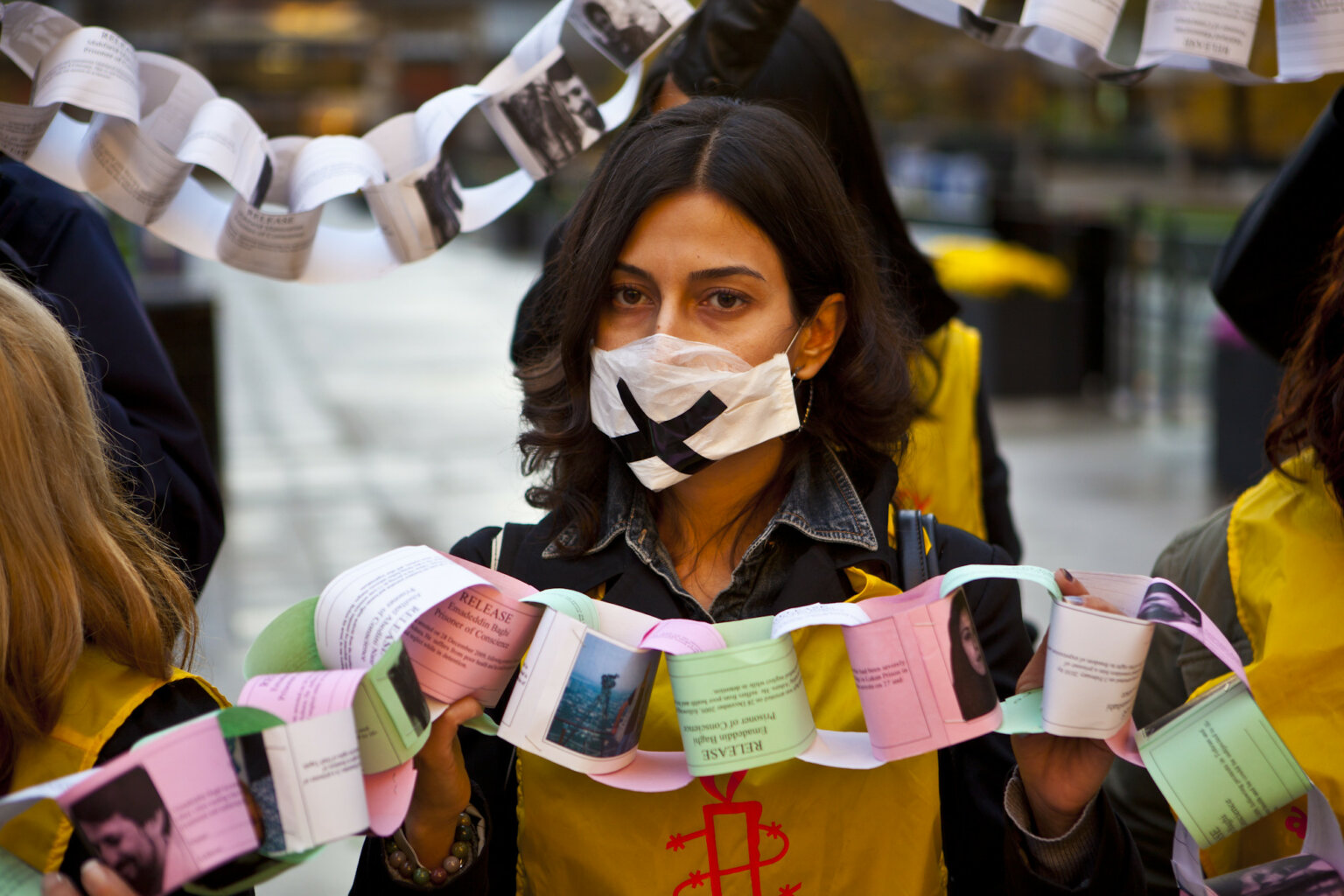- About
- Topics
- Picks
- Audio
- Story
- In-Depth
- Opinion
- News
- Donate
- Signup for our newsletterOur Editors' Best Picks.Send
Read, Debate: Engage.
| topic: | Women's rights |
|---|---|
| located: | Iran, Afghanistan, Pakistan |
| editor: | Shadi Khan Saif |
Last week, 22-year-old Mahsa Amini died from her injuries after being tortured by the Iranian police following her arrest for not properly wearing a hijab. Her death has sparked mass protests throughout the country. The killing of a woman in state custody for not following a dress code cannot be justified in any way whatsoever. The authoritarian regime of Iran has proved once again that a system of governance engraved in the ideology of ruling a population with force rather than serving it with compassion only yields hatred and resentment. By trying to oppress those protesting against this evil act, the ‘Akhunds’ of Iran proved they hardly care about the people they are supposed to serve and not oppress.
Mahsa Amini’s murder is another brazen example of the Iranian government’s mindset of extending its hold on power by hiding behind religious excuses to escape real civil service. Yet, this phenomenon is not only happening in Iran, but also in Afghanistan, Pakistan and many other parts of the world where women and girls are still tragically perceived as having lesser worth and deserving less freedom. This attitude is proven by the ordering of a gang-rape on a woman in Pakistan or by the continued closure of girls’ schools in Afghanistan.
This misogyny must stop, but that will only happen when women and girls are seen as equal to men and when these societies stop believing the foolish propaganda that the notion of women’s rights is a Western idea. In fact, Eastern societies in general, including Muslim countries, have so many bright examples of women playing their part with pride and liberty towards the welfare of society and the development of humanity.
On the other hand, it is easier and more pain-free to chat and chant from a distance for a regime change than to go through the entire process on the grounds of internal reforms for rights and liberties - nobody seems to be understanding this basic difference.
What the Iranian people have been calling for via successive civil movements has consistently been the same - rights and freedoms. Iranian society, with its deep roots in social liberties, has all the capabilities and ingredients to choose its liberty for itself.
Any external support and solidarity for the ‘Freedom and Life’ movement of the Iranian women must not be designed, projected or perceived as an imposition from the outside world. This would only discredit and weaken the indigenous struggle of the Iranians that only requires genuine support, particularly from the nearby societies with promising examples of recognition and respect for women and girls.
Photo by Mehdi Sepehri

